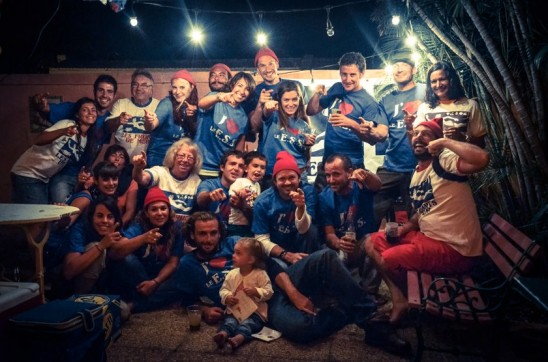St. Martin is a small island with a rich historical and natural heritage. It is also experiencing great pressures from increasing population and tourist development that threaten the local environment and sites of historical interest. Below are ten organizations that are dedicated to the preservation of Saint Martin and the exploration of its natural and historical treasures.
EPIC (Environmental Protection in the Caribbean) is a non-profit dedicated to promoting conservation in the Caribbean, particularly Saint Martin, through research and community-based projects. Much of their work focuses on cleaning up the Simpson Bay lagoon, protecting and expanding mangrove wetlands and research on sea birds.
Sint Maarten Pride Foundation is a local organization dedicated to environmental awareness and conservation on Sint Maarten. Their work includes beach and pond clean-ups as well as work to preserve historical landmarks.
Nature Foundation St. Maarten is a non-profit that manages the Dutch side marine parks and also promotes conservation of wetlands and terrestrial habitats on the island.
St. Maarten National Heritage Foundation is a non-profit that operates the museum in Philipsburg, and promotes the study and preservation of local history, culture and nature.
Musee de Saint Martin is the museum in Marigot is dedicated to the preservation of Saint Martin heritage. The Association Archéologique Hope Estate is based there, as is Heritage magazine.
Réserve Naturelle de Saint-Martin manages the French side nature reserve, including the large marine reserve and land-based reserves on the French side. They also conduct a variety of research including sea turtle nesting surveys.
St. Martin Trails is a hiking association that goes on hikes every Sunday to various parts of the island, with quarterly trips to hike on nearby islands.
Youth Link Foundation organizes activities of social, cultural, environmental and educational value for youth on Sint Maarten.
Sint Maarten Archeological Center is a non-profit promoting science and archaeology amongst youth while preserving the archaeological heritage of the island.
And, of course, Les Fruits de Mer is the world’s first extreme shallow snorkeling team, dedicated to exploring the shallowest waters of the world and sharing their wonders.
Who did I miss in this post? Let me know!










































































































